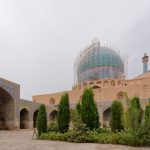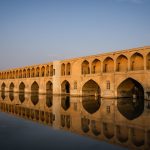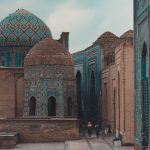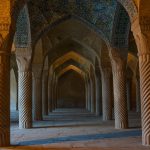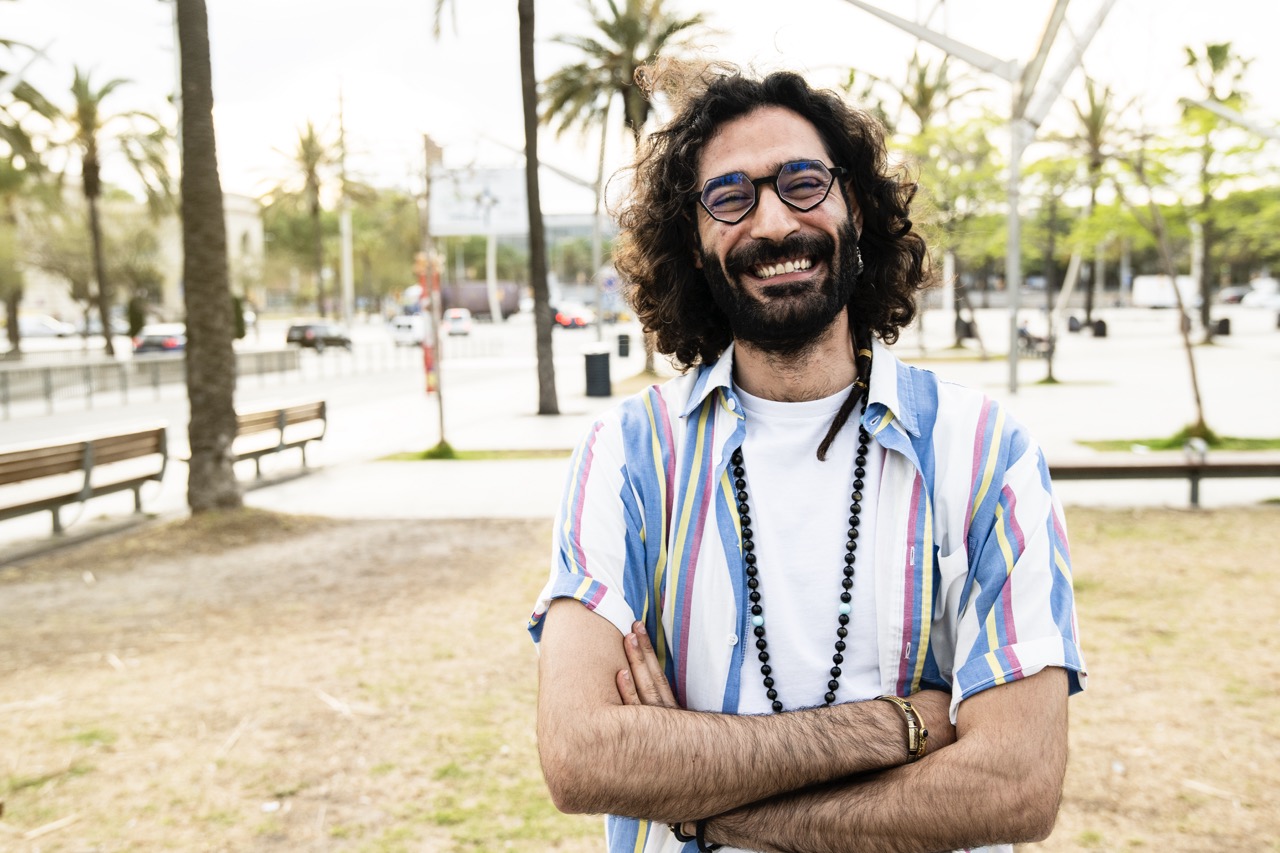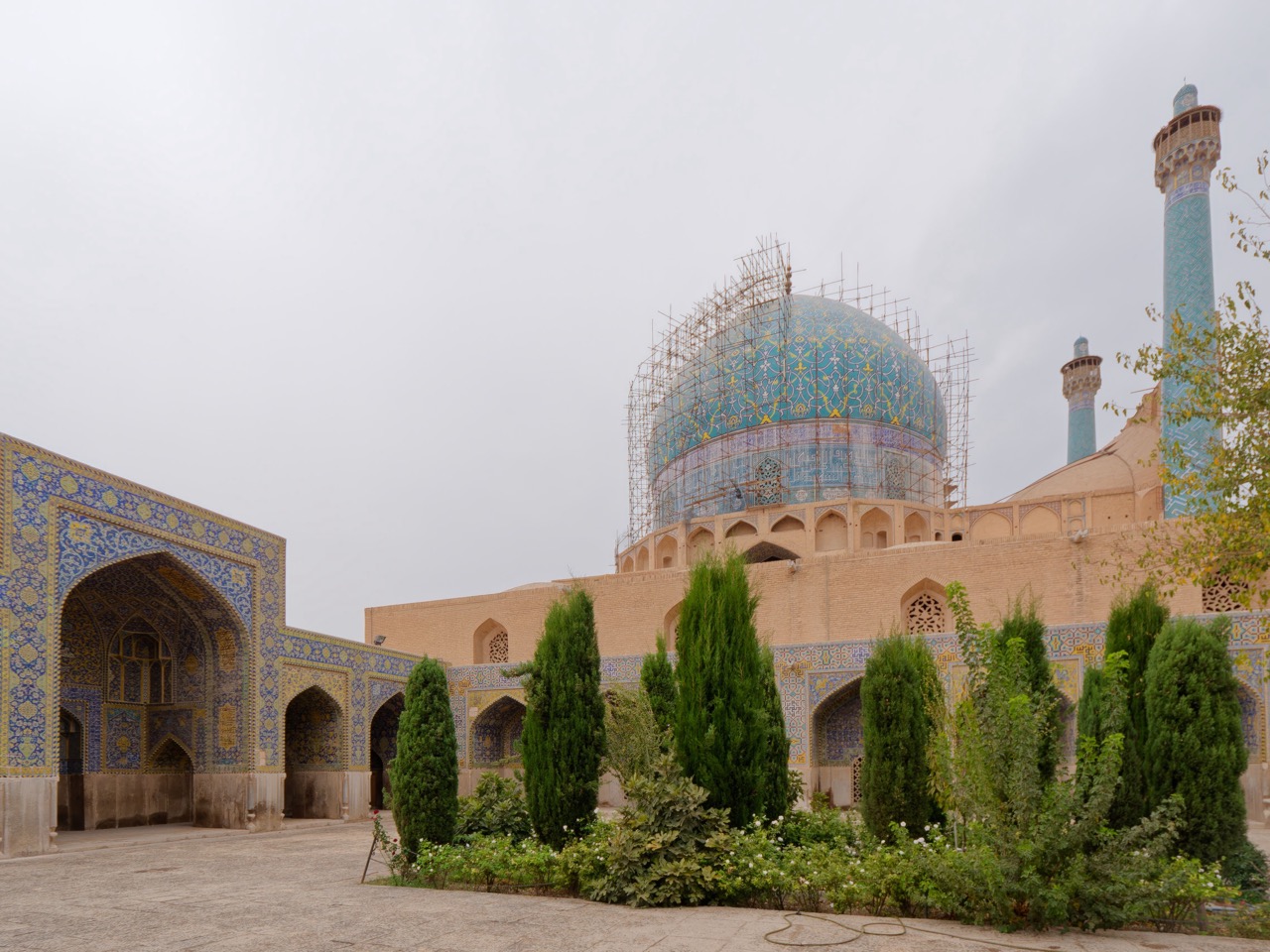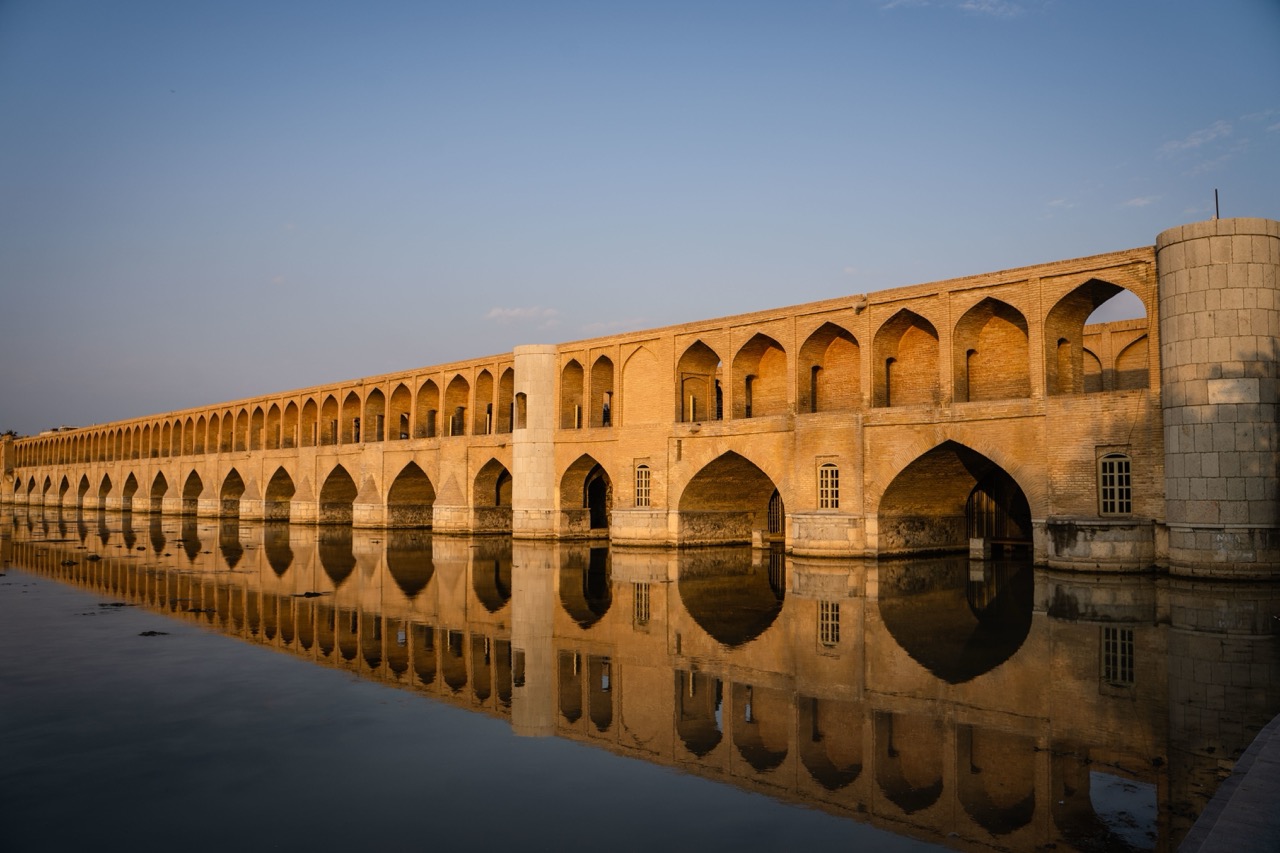Persian art, with its rich tapestry woven through centuries of history, culture, and tradition, stands as a monumental testament to the creativity and skill of Iranian artists. Emerging from the ancient Persian Empire, this art form encompasses a variety of styles and mediums, reflecting the nuances of social, political, and religious contexts over time. From intricate miniatures to contemporary expressions, Persian visual arts have not only shaped the cultural landscape of Iran but have also made significant contributions to the global art scene. This article explores the most famous Persian painters and visual artists, their historical significance, and their lasting impact on the world.
A Brief Overview of Persian Art and Its Historical Context
Persian art dates back to ancient times, with influences that permeate through the Achaemenid, Sassanian, and later Islamic periods. Each era brought a distinct flavor to Persian creativity, showcasing the evolution of artistic techniques and themes. The Achaemenid Empire was notable for its monumental architecture and intricate relief sculptures, while the Sassanian period saw a revival of artistry in textiles, metalwork, and ceramics. However, it was during the Islamic period, particularly the Safavid era, that Persian miniature painting reached its zenith, characterized by its detail and vibrant colors.
The Safavid dynasty (1501-1736) played a crucial role in the development of Persian art, as it established the royal court as a center for artistic innovation. Artists were commissioned to create works that blended Persian traditions with influences from Chinese, Indian, and Ottoman art. This cross-cultural exchange fostered a unique visual language that remains a hallmark of Persian art. The flourishing of poetry and literature during this time also contributed significantly to the themes depicted in visual arts, as many painters collaborated closely with poets to illustrate manuscripts.
In the modern era, Persian art has faced challenges due to political upheaval and cultural changes. The 20th century saw artists grappling with the complexities of identity in a rapidly changing world. Nonetheless, the revival of interest in traditional Persian aesthetics, combined with contemporary techniques and materials, has led to a dynamic scene that honors the past while engaging with present-day issues. This unique historical context shapes the work of both traditional and contemporary Persian artists, offering a rich foundation for their creativity.
Iconic Persian Painters: Masters of Miniature Art
Among the most celebrated figures in Persian art history are the masters of miniature painting, whose meticulous craftsmanship and imaginative compositions have captivated audiences for centuries. One of the most iconic painters is Kamal al-Din Behzad, who flourished in the late 15th and early 16th centuries. Behzad’s miniatures are characterized by their intricate detail, vibrant colors, and the ability to convey emotion and narrative through a single frame. His work set a standard for Persian painting that influenced generations of artists, making him a key figure in the canon of Persian visual arts.
Another notable painter from the Safavid era is Reza Abbasi, whose miniatures are often characterized by their elegance and sophistication. Reza’s style marked a departure from the more traditional depictions of his predecessors, incorporating elements of realism and individualism into his portraits and scenes. His work not only enriched the visual language of Persian art but also paved the way for a more personal expression in painting. Reza Abbasi remains an emblematic figure, representing the pinnacle of Persian miniature art.
Additionally, the contemporary artist Mahmoud Farshchian has garnered international acclaim for his work in traditional Persian miniature painting, merging classical techniques with modern themes. Farshchian’s art carries the spirit of Persian storytelling, often exploring concepts of love, spirituality, and nature. He has successfully brought Persian miniature art into the 21st century, bridging the gap between ancient traditions and contemporary expression, and his works are celebrated in galleries and exhibitions worldwide.
Contemporary Persian Visual Artists Shaping Modern Art
The landscape of contemporary Persian visual art is vibrant and diverse, characterized by artists who draw on traditional themes while addressing contemporary issues. One prominent figure is Shirin Neshat, whose photography and video installations explore the complex identity of women in Iranian society. Neshat’s works often juxtapose the beauty of Persian aesthetics with provocative themes of gender, politics, and exile, making her one of the leading voices in modern art today.
Another influential contemporary artist is Parviz Tanavoli, known for his sculptures and mixed-media works that reflect Persian culture and heritage. Tanavoli’s art often incorporates traditional Persian symbols, such as the "Homa" bird, and emphasizes the significance of poetry and literature in Iranian culture. His ability to merge modern artistic practices with traditional Persian motifs has garnered him international recognition, and his works are showcased in major art institutions across the globe.
Furthermore, the artist Sadaf H. has emerged as a notable figure in contemporary Persian art, utilizing mixed media to address themes of displacement and cultural identity. Her installations often combine elements of performance, video, and traditional Persian crafts, creating a dialogue between the past and present. By reinterpreting Persian artistic traditions through a contemporary lens, these artists not only contribute to the evolution of Persian art but also engage with global conversations on culture and identity.
Impact of Persian Art on Global Art Movements Today
Persian art has significantly influenced various global art movements, particularly through its intricate craftsmanship and rich symbolism. The techniques of Persian miniature painting, for example, have inspired artists around the world, leading to a renewed interest in fine detail and narrative depth in contemporary art. Artists from diverse cultural backgrounds have drawn on Persian aesthetics to explore their own identities, creating a cross-cultural dialogue that enriches the global art landscape.
The integration of Persian motifs into modern artistic practices has also been evident in the works of artists associated with the postmodern movement. The use of patterns, calligraphy, and vibrant colors inherent in Persian art has found its way into the works of contemporary artists, who often seek to challenge traditional boundaries and redefine cultural narratives. This synthesis of styles exemplifies the ongoing impact of Persian art, emphasizing its relevance in discussions surrounding globalization and cultural exchange.
Moreover, Persian art’s explorations of themes such as spirituality, nature, and the human experience resonate with contemporary audiences, fostering a deeper understanding of Iranian culture. The global appreciation for Persian art has led to increased visibility in museums, galleries, and exhibitions worldwide, allowing a broader audience to engage with its beauty and complexity. As Persian artists continue to innovate and adapt, their works serve as a bridge between the past and the present, making a profound impact on the ongoing evolution of the global art narrative.
The legacy of Persian art is a captivating journey through time, marked by the brilliance of iconic painters and innovative contemporary artists. From the enchanting world of miniature painting to the thought-provoking installations of modern artists, Persian visual arts continue to inspire and influence creators across the globe. As the cultural dialogues surrounding Persian art evolve, its rich heritage remains a vital part of the global artistic discourse, bridging historical traditions with contemporary realities and ensuring that the beauty and depth of Persian creativity endure for generations to come.

